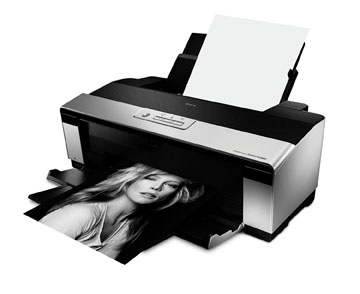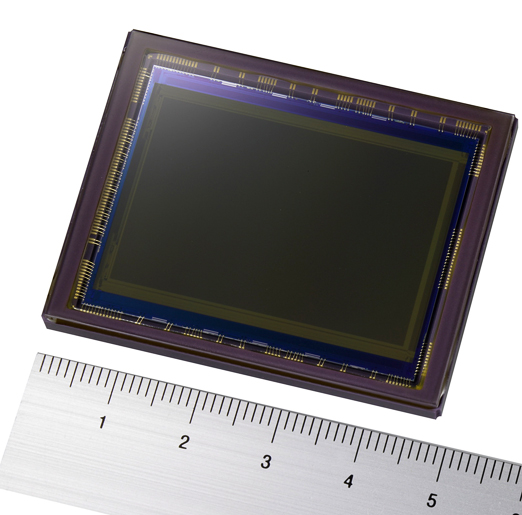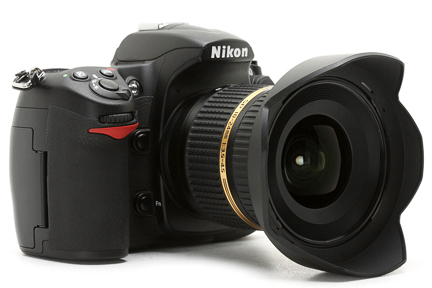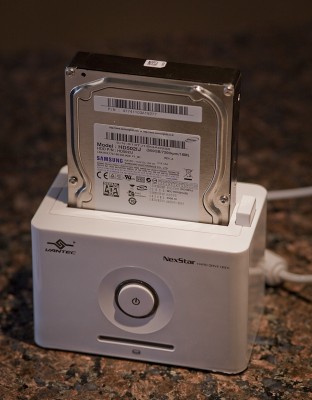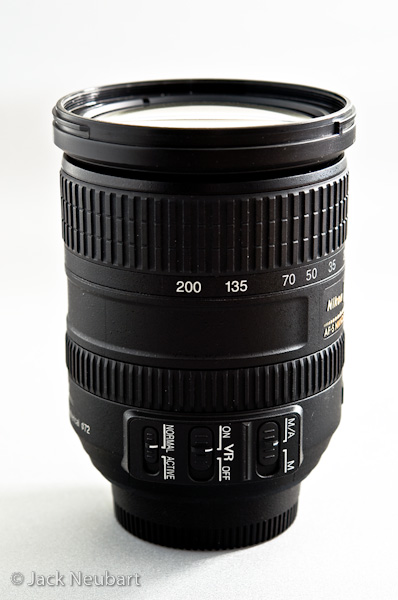Video Review: Reichmann and Resnick’s “Where the #%*! are My Pictures?””
Several times a year I teach a one-day workshop on optimizing images using Adobe Photoshop Lightroom 2 at the local art league, and in doing so I’m often asked for a good book recommendation for someone learning Lightroom. As I’ve mentioned in my previous review, my usual recommendation has been Martin Evening’s book The Adobe Photoshop Lightroom 2 Book: The Complete Guide for Photographers.
In the process of keeping my eyes open for new resources, I recently purchased and watched “Where the #%*! are My Pictures?”, a three-hour video series by Michael Reichmann and Seth Resnick which focuses on the the file-handling, digital asset management (roughly speaking, the Library module) aspects of Lightroom. I’ll be adding this to my list of top recommendations for Lightroom resources, I think it’s particularly appropriate for folks who have a basic familiarity with Lightroom but are ready to take their understanding up a notch and really make their workflow sing.
The question “Where are my images?” creeps up on most photographers as they continue to work over years. Three years ago I was convinced that that this “digital asset management” thing was quite possibly overkill for me. After all, I knew most of my images and I had everything organized in directories by year and location. How hard could it be for me to find an image someone might want of Death Valley? My first lesson came when I got a request to see all my flower macro work. I spent hours putting together that request. “Where the #%*!…” reinforces that lesson while at the same time showing that the cure for that disease is a lot less imposing than it might seem at first. Good habits and good presets go a long way toward making Lightroom file management easier, and this series does a great job of helping photographers along that path. (more…)

